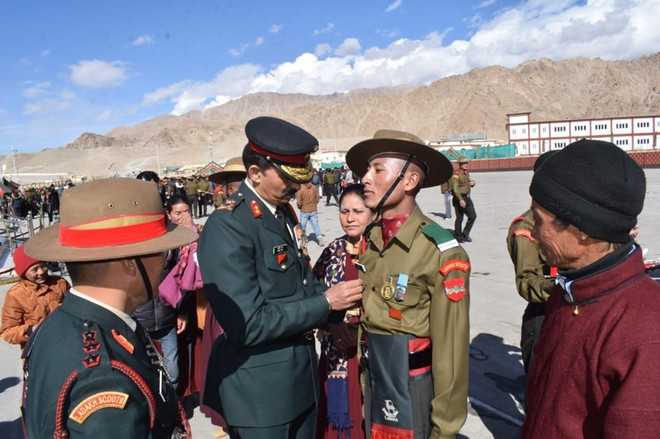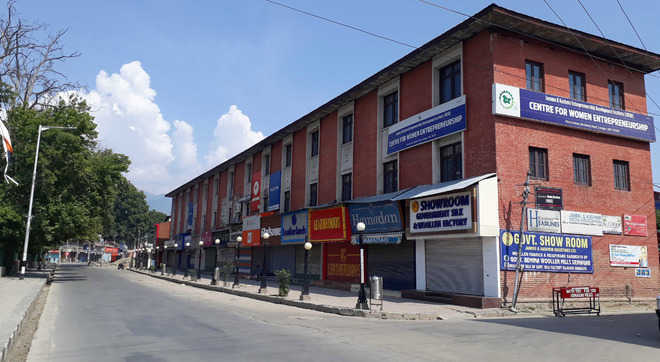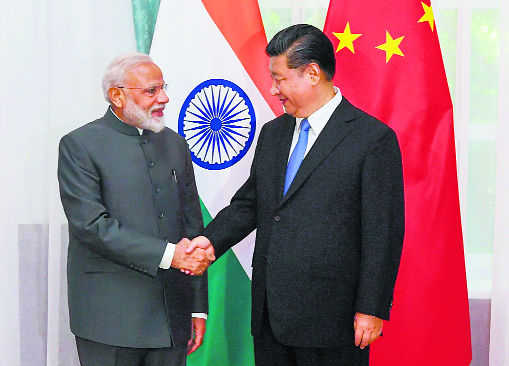He rebelled against the focus on ritual, terming it vacuous if not accompanied with a pure life and chanting of God’s name
Shashi Uban Tripathi
Guru Nanak has invariably been considered with the Bhakti poets and is often described as one of the leading voices of the Bhakti movement. This perception is reinforced by his emphasis on love and devotion to God, the one Creator — Ek Onkar — who is the Truth, who is without fear and without enmity, who is eternal and immortal, who is self-created and who is revealed by the grace of Guru.
This is how Guru Nanak has been perceived in the general consciousness down the ages. But a study of his life and teachings makes it quite apparent that he was a rebel with a cause. In today’s parlance, he would have been described as a social activist. He rebelled against the overwhelming focus of the day on ritual — terming it vacuous and meaningless if not accompanied with a good, pure life and the chanting of God’s name. He asked the Pandit who had come to perform his Yagnopavit ceremony to give him a thread woven of the cotton of compassion, knotted with contentment and truth and one which will neither break nor get burnt or dirty. Blessed would be the one who wore such a sacred thread, he said. If you have such a thread, give it to me, he told the non-plussed priest.
On seeing the evening worship, the aarti, being performed at the Jagannath temple in Puri, Guru Nanak thought it would be a pity to have such a small aarti for the Lord of the Universe: Let the sky be the salver, the sun and moon the lamps, and the myriads of stars the offering of pearls; let fragrant nature be the incense, and flowers of all hues deck the salver. Such an aarti is worthy of that Dispeller of all Fears, the Ultimate Reality. This poem is said to have had tremendous impact on Guru Rabindranath Tagore, who penned similar ideas in a poem in Gitanjali.
One of his most revolutionary concepts was denouncing the theory of sanyas as the means of salvation. Nanak taught that a householder who earned a living through hard work, who shared his earnings with the family and community and who managed to chant the Lord’s name, would attain salvation much faster than a mendicant or a renunciate. To live amidst temptation and yet be untouched by it was the greatest form of austerity.
After travelling the known world (including Mecca and Medina) for close to 30 years, Baba Nanak settled down in Kartarpur to the life of a simple farmer. Here he started the tradition of langar. This was later institutionalised by the second Guru, Angad Dev, and sanctified by the third Guru, Amar Das.
The idea behind langar was not just food security or feeding the poor. It went much beyond that to embrace equality of all human beings — rich and poor, Hindu and Muslim, Brahmin and Shudra. Men and women were expected to sit together on the floor and partake of the same simple meal. When one thinks of those times when untouchability was rife and Hindus and Muslims would not drink water from the same tap, let alone eat from the same kitchen, the mind is stunned at how audacious this idea was.
No less revolutionary was Guru Nanak’s defence of women. Very few people understood a young Nanak and his great mission. Of the two who did was his elder sister, Bebe Nanaki (the other being Rai Bular, the ruler of Rai Bhoi di Talwandi, where Nanak was born). It is possible that this relationship with his elder sister coloured his view and respect for women. At a time when women’s status had been seriously eroded, he raised his voice against the denunciation of women, asking why women are bad-mouthed when they are central to life and living.
Man is born of woman, nourished and nurtured by her. In youth, he befriends a woman, marries her and brings her home. When she dies, he brings another. Why then is she who gives birth to rulers and kings, abused and called bad, he asks. The only one beyond the pale of a woman’s influence is that One Cosmic Reality who embodies the Truth. Such a spirited defence of women is hard to find among the leaders and savants of the 15th century, 550 years ago.
To categorise Guru Nanak as a mere Bhakti poet is to limit the tremendous sweep of his revolutionary ideas and practices.
— The writer is a former ambassador






















































































































